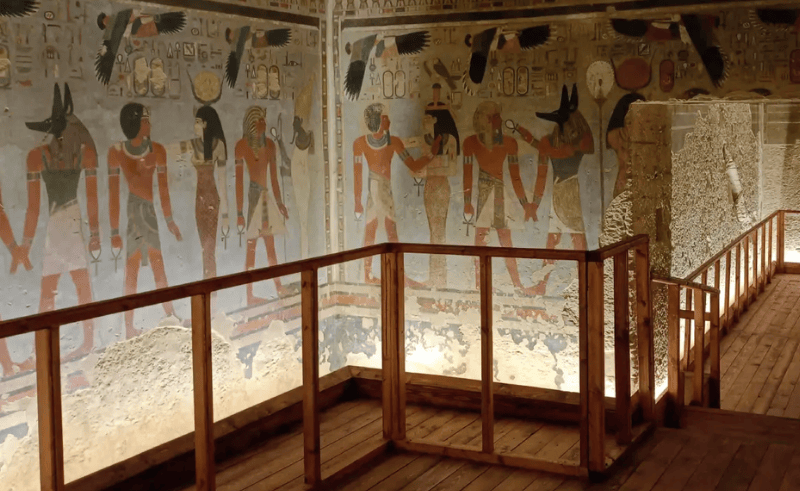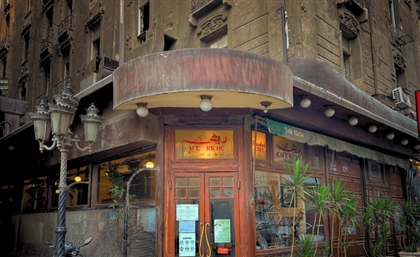Tomb of Amenhotep III Reopens After 20-Year Restoration
Backed by Japan in cooperation with UNESCO, the project conserved wall paintings, reinforced structures, and upgraded lighting and ventilation inside the tomb.

The Ministry of Tourism and Antiquities inaugurated the restored tomb of King Amenhotep III in Luxor’s Valley of the Kings, marking the completion of a restoration effort nearly two decades in the making. According to the ministry, the restoration and development works began in 2004 and continued across three main phases: 2004–2010, 2010–2017, and 2023–2024. The project was carried out with support from the Japanese government and in coordination with UNESCO. Efforts included the treatment of damaged wall reliefs and paintings, reinforcement of walls and ceilings, and upgrades to the tomb’s lighting and ventilation systems to preserve the artwork from humidity and further deterioration. Amenhotep III, who ruled Egypt in the 14th century BCE and was the father of Akhenaten, was one of the most powerful pharaohs of the 18th Dynasty. His tomb is among the largest in the Valley of the Kings, noted for its detailed decorative programme portraying the king alongside deities and scenes drawn from the Book of the Day and the Book of the Night. The burial site also features rare ritual depictions of the king’s journey through the afterlife, colossal statues, and vividly coloured scenes that remain among the best-preserved in ancient Egyptian art.
- Previous Article Smokery Turns into a Cross-Continental Kitchen for Cairo Food Week
- Next Article 6 Streaming Platforms to Tune Into for Arab Indie Films



























